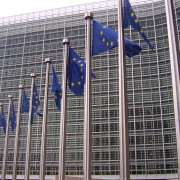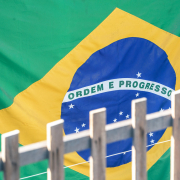According to Stratistics MRC, the Global Rodenticides Market is accounted for $0.97 billion in 2017 and is expected to reach $1.48 billion by 2026 growing at a CAGR of 4.8% from 2017 to 2026. Some of the key factors driving the market growth are increasing demand for pest control, growing awareness of farmers regarding crop wastage and high prevalence of pest-related diseases. Moreover, introduction of natural rodenticides is creating ample opportunities for the market growth. However, stringent regulations by governmental agencies and toxic effect on domestic animals are inhibiting the market growth.
Rodenticides are an important class of pesticides that are used to kill rodents such as rats, mice, woodchucks, squirrel, and chipmunks, damages crops, transmit diseases which cause ecological damage. The most effective way to treat rodent problems is with a combined approach of different control methods including chemical, baiting, trapping, barrier fencing, habitat modification, ultrasonic devices, repellents and biological control, integrated with land management practices.
On the basis of end user, agriculture segment acquired steady share due to growth in damage caused to grains, farm equipment and field crops. Anticoagulant rodenticides are used to control rodent pest populations in agricultural settings. By geography, Asia Pacific in anticipated to grow during forecast period attributed to unpredictable weather conditions, presence of over 3,000 pest control key players and rising disposable income in India, China, and Japan.
Source: Agropages


